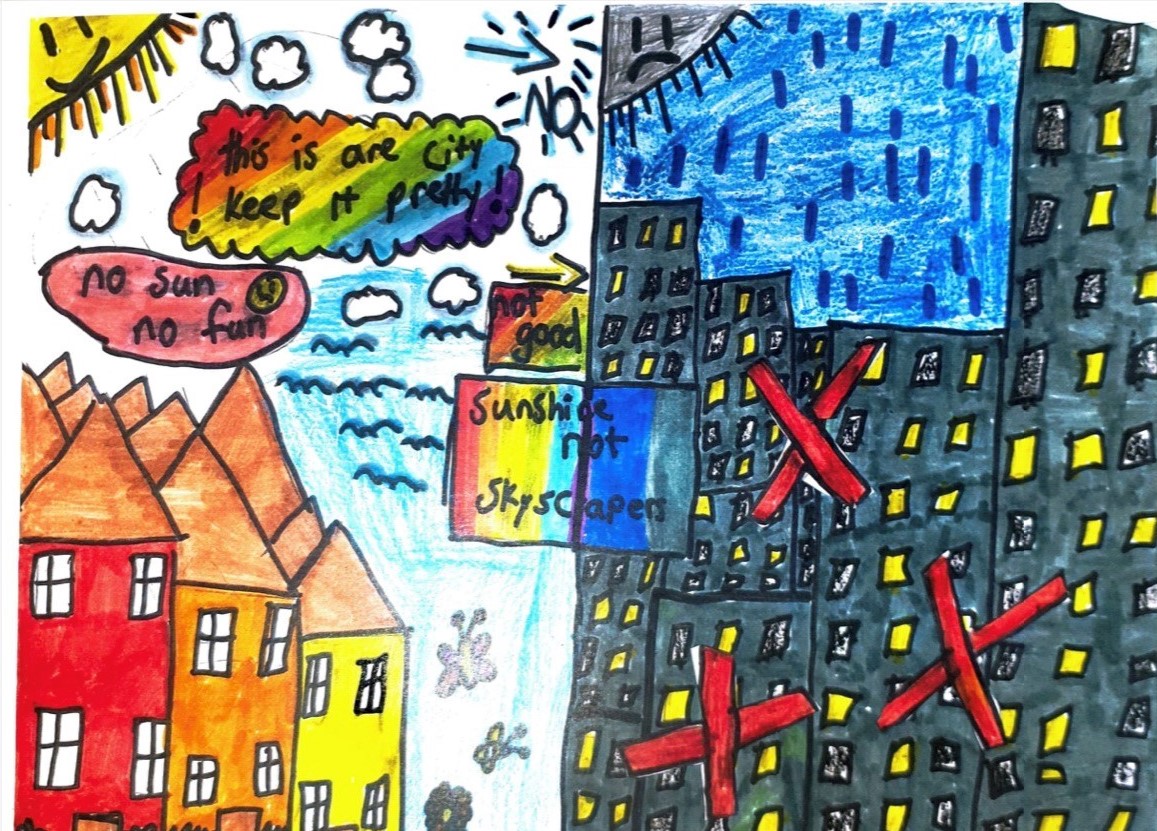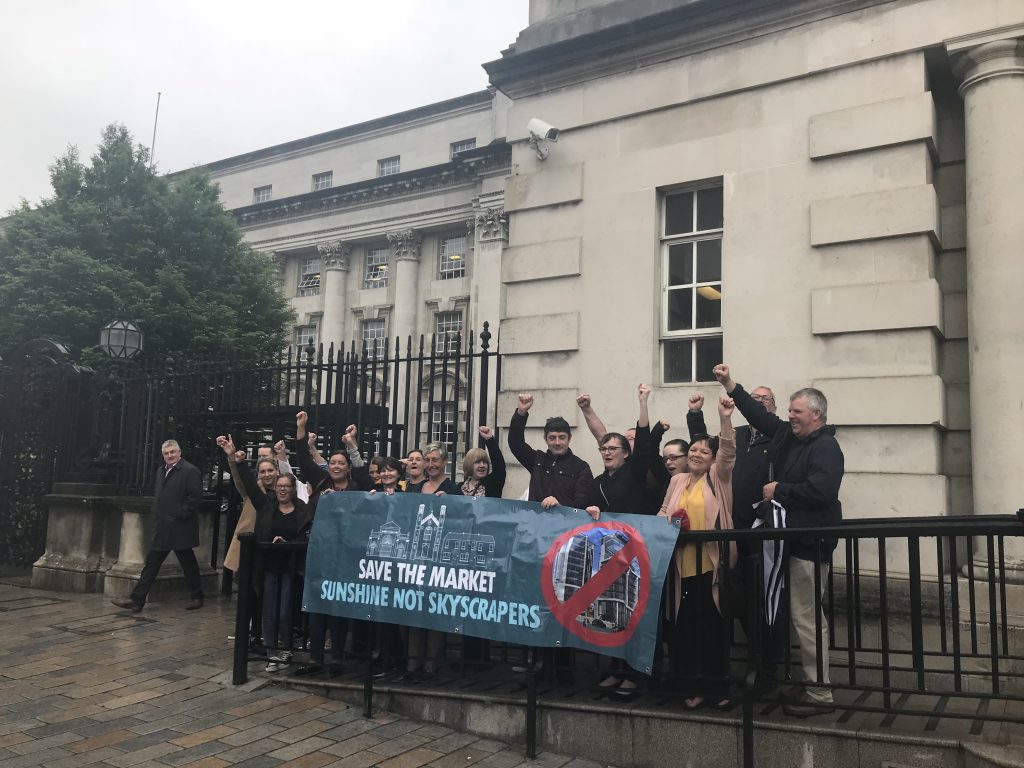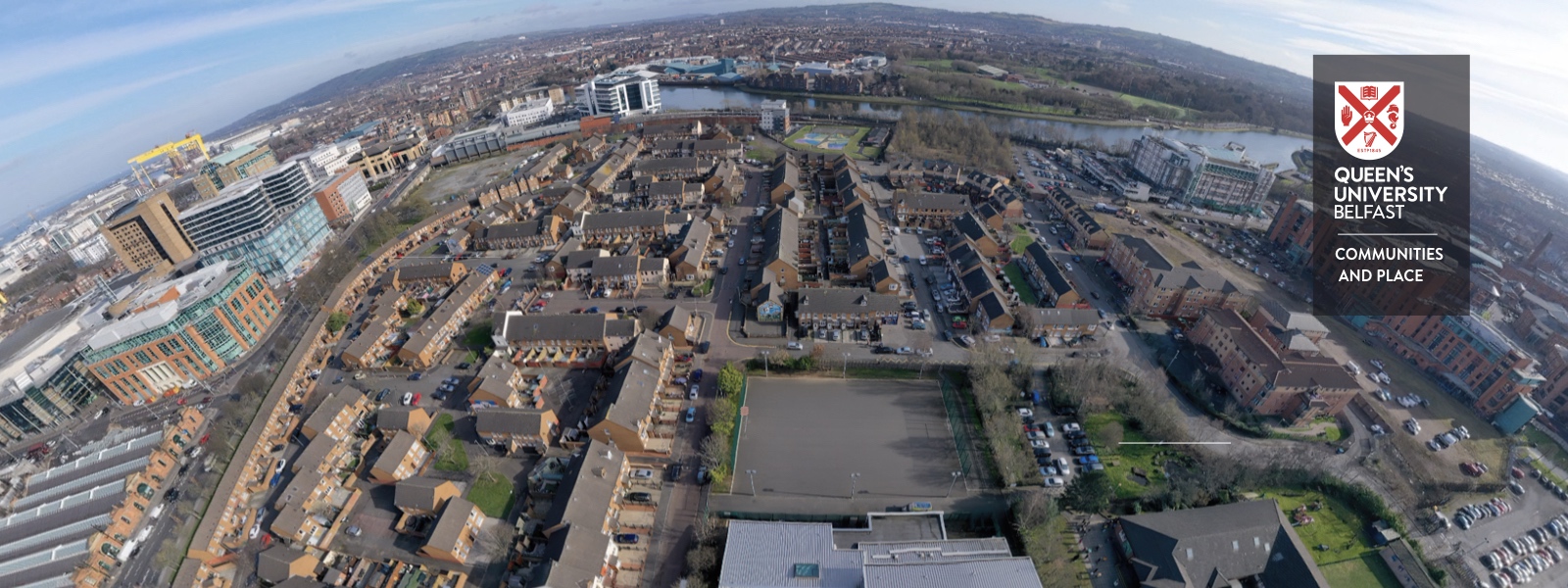Going Beyond Participation: Children As Activists In Change-Making Research
Community members, including children, should be regarded as experts in their own lives and as active partners in evidence gathering, according to a paper by QCAP's Emma Loudon and Ben McAteer.

Queen’s Communities and Place (QCAP) aims to ensure that research into matters affecting people in society goes beyond just listening to people. QCAP seeks to actively involve community members as partners in the research process. This includes facilitating active engagement with children and young people.
The challenge is to find methodologies that truly reflect and enable this aim. There is a risk that the involvement of young people can be tokenistic, with children’s views sought but not taken seriously.1 However, methods such as Participatory Action Research (PAR) emphasise the importance of going beyond simply hearing children’s voices to acting on their perspectives.2
Participants or partners?
Community members, including children, should be regarded as experts in their own lives and as active partners in evidence gathering.3 QCAP is partnered with the Market Development Association (MDA) in the Market community in Belfast. The MDA itself is embedded in the community, with a strong knowledge and understanding of the challenges and needs of the area and a history of successful advocacy

When exploring suitable methodologies for this kind of work, the unique circumstances of the community involved should be taken into account. PAR and other similar methodologies ensure that people are involved as partners, even in terms of the design of the research. This is particularly relevant to the Children, Learning and Inclusive Places (CLIP) project, a new joint research initiative between the University of Glasgow’s Children’s Neighbourhood Scotland (CNS) project and QCAP.
The CLIP project aims to explore the potential of a capabilities framework to understand how children relate to their built environment, as well as climate change, more broadly. Working across communities in both Glasgow and Belfast, the project aims to move beyond passive consultation with children to explore how they can act as activists in their own neighbourhoods.
Action research can be active research
In a recent paper, researchers from the University of Edinburgh explored the potential of children as activists, going beyond simply sharing their lived experience and instead taking an active role in issues that affect them.4 The authors argue that engaging children as activists addresses issues of tokenism and problems arising from short term research funding, such as lack of sustainability.
While PAR and activism are both focused on affecting external change, such as informing policy transformation, they also have the capacity to instigate positive changes to those involved. Action research has the potential to improve the net gains of those participating, with educational (literacy, competence, experience) and social (confidence, empowerment, political involvement) advancements common outputs of participation.
Instigating transformation through PAR
Due to the active engagement that PAR can support, added to the diverse range of knowledge(s) that it can produce, initiatives can develop the capacity to contribute toward important societal transformations.
This can include initiatives that measure air pollution inequality and work toward establishing air quality justice. Should PAR instigate transformative change, initiatives must identify governance related challenges, grow social support for change and communicate compelling narratives through the evidence they collect.

Furthermore, it is important to maintain balance when working with communities, particularly those that have been historically disenfranchised, researchers should be at pains to avoid perpetuating previous harms and must attempt to limit the burden of involvement with sufficient direct benefits.
Looking to the future
Research approaches that provide short-term or isolated solutions are unlikely to result in lasting, positive change for communities. Participatory methodologies are a good start and demonstrate significant potential going forward. However, we need to go further.
The future of collaborative research must actively involve innovative methods that ensure the engagement of all members of a community in transformative and change making research. Only when operating in this mould can research genuinely create lasting impact amongst communities and increase their ability to affect change.
References
1 Hart R (1992) Children's Participation: From Tokenism to Citizenship: Innocenti Essay No.4. Florence UNICEF.
2 Lundy L. (2007) ‘Voice’ is not enough: conceptualising Article 12 of the United Nations Convention on the Rights of the Child. British educational research journal, 33(6):927-942.
3 Johnson, V. (2011) Conditions for change for children and young people’s participation in evaluation: ‘Change-scape’. Child Indicators Research, 4(4): 577–596.
4 Tisdall EK, Cuevas-Parra P. (2021) Beyond the familiar challenges for children and young people’s participation rights: The potential of activism. The International Journal of Human Rights, 6:1-9.

